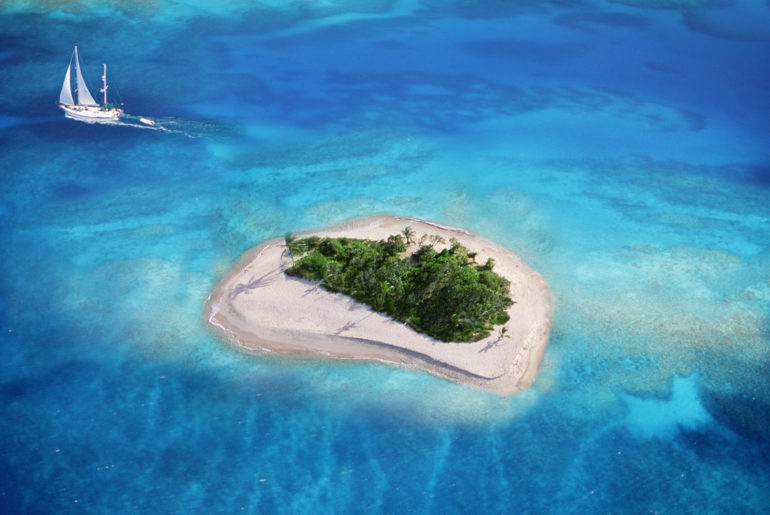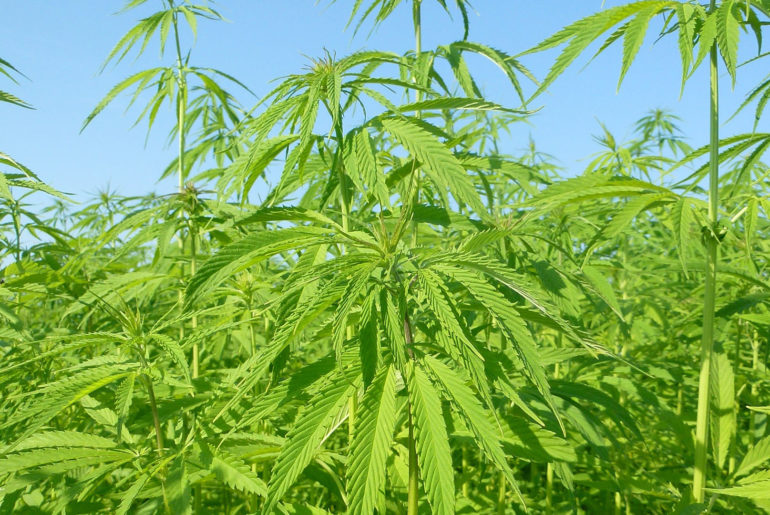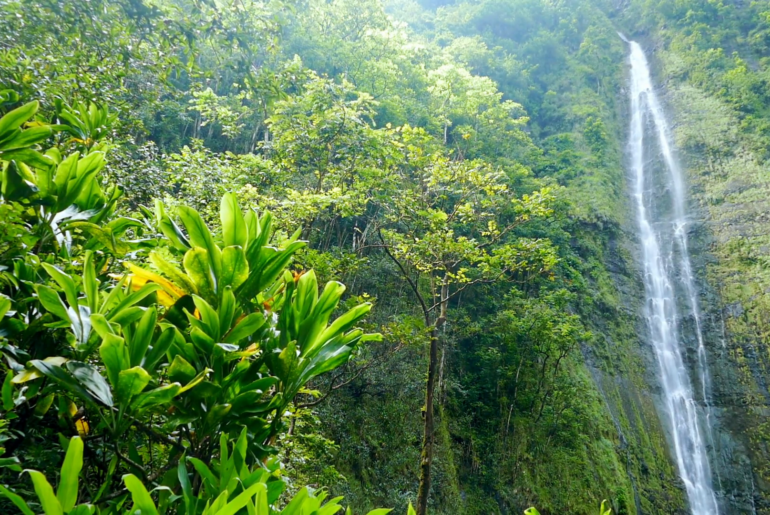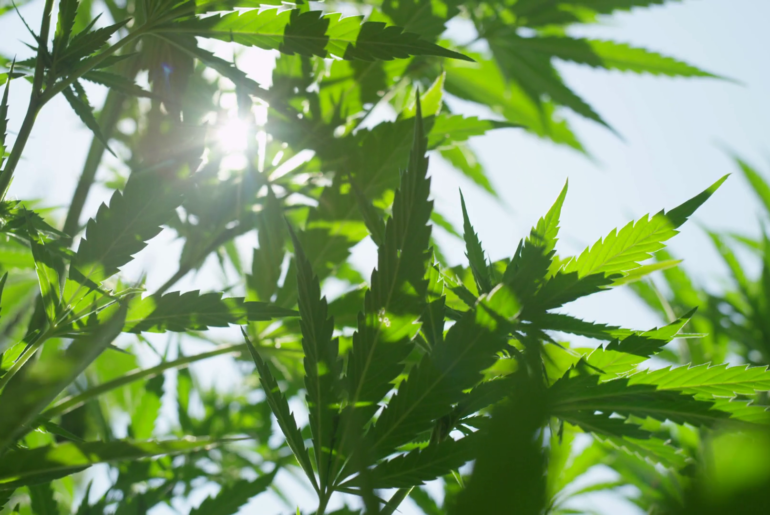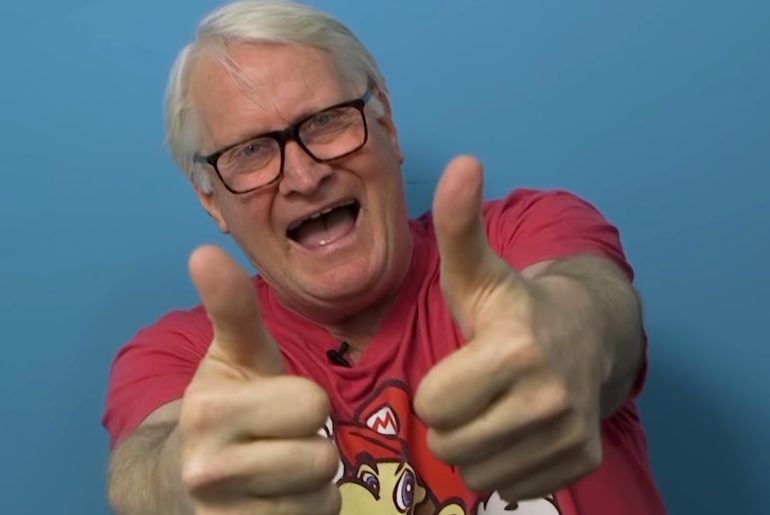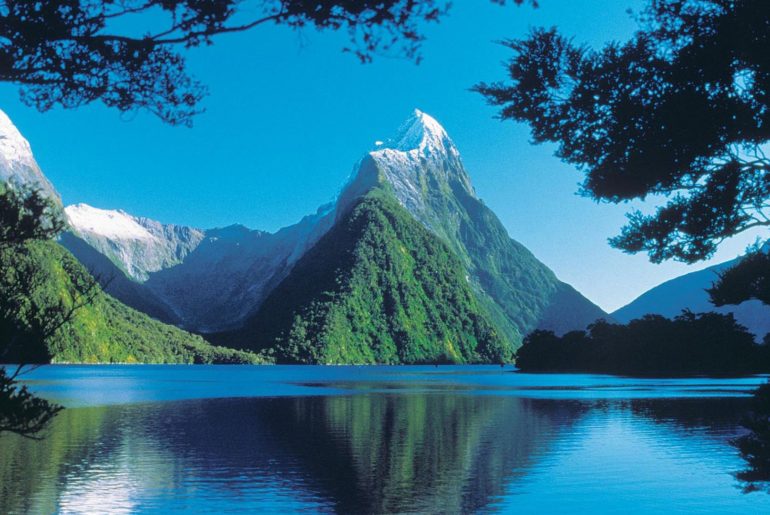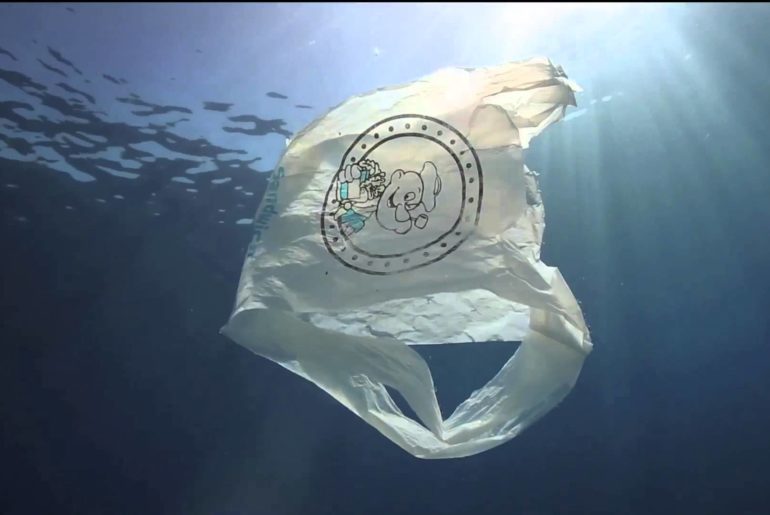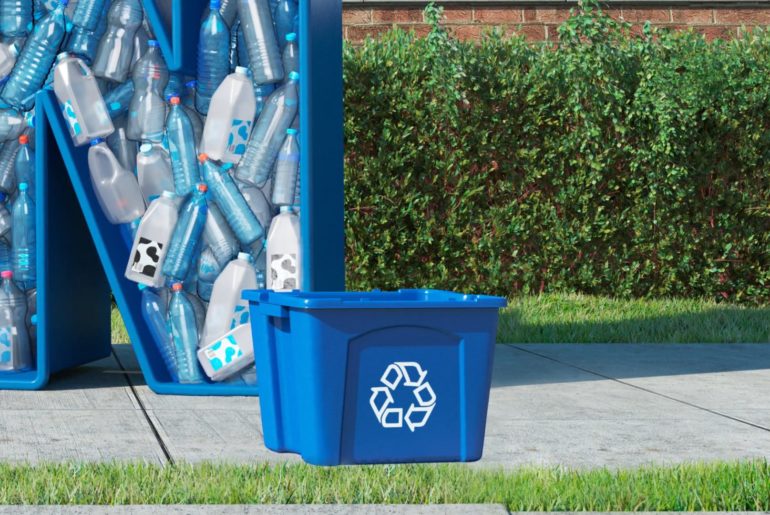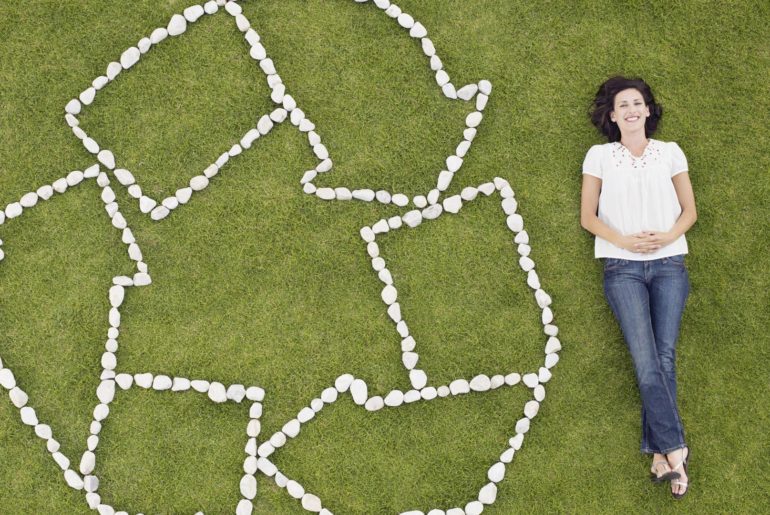Industrial hemp is gaining a lot of respect around the world for its amazing versatility and environmental benefits. Many companies are turning to hemp in order to make their products more sustainable and eco-friendly in general.
Unfortunately, widespread acceptance of hemp still has a long way to go. Many people are oblivious to the great benefits of hemp. Some (incorrectly) assume that it’s a drug (because of its close association with marijuana). The U.S. government has even made it illegal to grow hemp. This does not make it easy for those of us who are trying to do the right thing!
Hemp cultivation can provide many benefits for the environment. Also, hemp products can provide further environmental benefits when comparing them to products made from other fibers.
Here are some key reasons why hemp should become much more widely used than it currently is.
Growing Hemp
Here are some of the major environmental benefits of growing hemp:
Fast and robust growth: Hemp grows extremely fast and can be grown in any climate, in any agronomic system
No herbicides/pesticides required: Hemp can be grown with no (or little) herbicides, fungicides, pesticides, or other biocides.
Suppresses weeds: Hemp is a natural weed suppressor due to the fast growth of the canopy. Actually, hemp is a weed. Because it grows so fast and densely, it blocks out sunlight to other weeds that are trying to grow.
Improves soil structure: Due to it’s long roots, hemp replenishes soil with nutrients and nitrogen and helps control erosion of topsoil. Also, once harvested, any residue can act as an eco-friendly manure.
Hemp produces lots of oxygen: Hemp produces the same amount of oxygen while it’s growing that it would use in carbon dioxide if burned as a fuel. Also, due to it’s leaf/root ratio (this can often be 10% roots vs 30% leaves), hemp can produce between 20% – 40% more oxygen than will be polluted.
Cleans up pollution: Hemp can actually clean up toxins from the ground. This process is called phytoremediation. A good example of this is when hemp was used to help clean up the Chernobyl nuclear disaster site to remove radioactive elements from the ground.
Hemp Products
Naturally, products made from hemp are 100% biodegradable, recyclable, and reusable. Also, the speed at which hemp grows can provide benefits regarding the resource requirements of the end product.
Here are some examples of how hemp products could benefit our environment and our health:
Switching to hemp paper could reduce deforestation significantly. For every 4 acres of trees that are required annually to make paper, only an acre of hemp would be required. Furthermore, because hemp paper can be recycled so many times (up to 7 or 8 times), much less is needed. In comparison, paper from wood pulp can only be recycled around 3 times. This means even more trees are required.
Clothing and textiles made from hemp have no residual chemicals that could affect our health (as many other fabrics do).
Hemp based fabrics block the sun’s UV rays more effectively than other fabrics. This is true, even if it’s only a 50% blend with another fabric.
Hemp oil is the richest known source of polyunsaturated essential fatty acids (the “good” fats)
It’s widely known that hemp can be used in so many ways as an eco-friendly alternative to current methods. Given that so many of today’s products are produced from toxic materials, by switching to hemp based products, the benefits for the environment (and ourselves) would be enormous.





